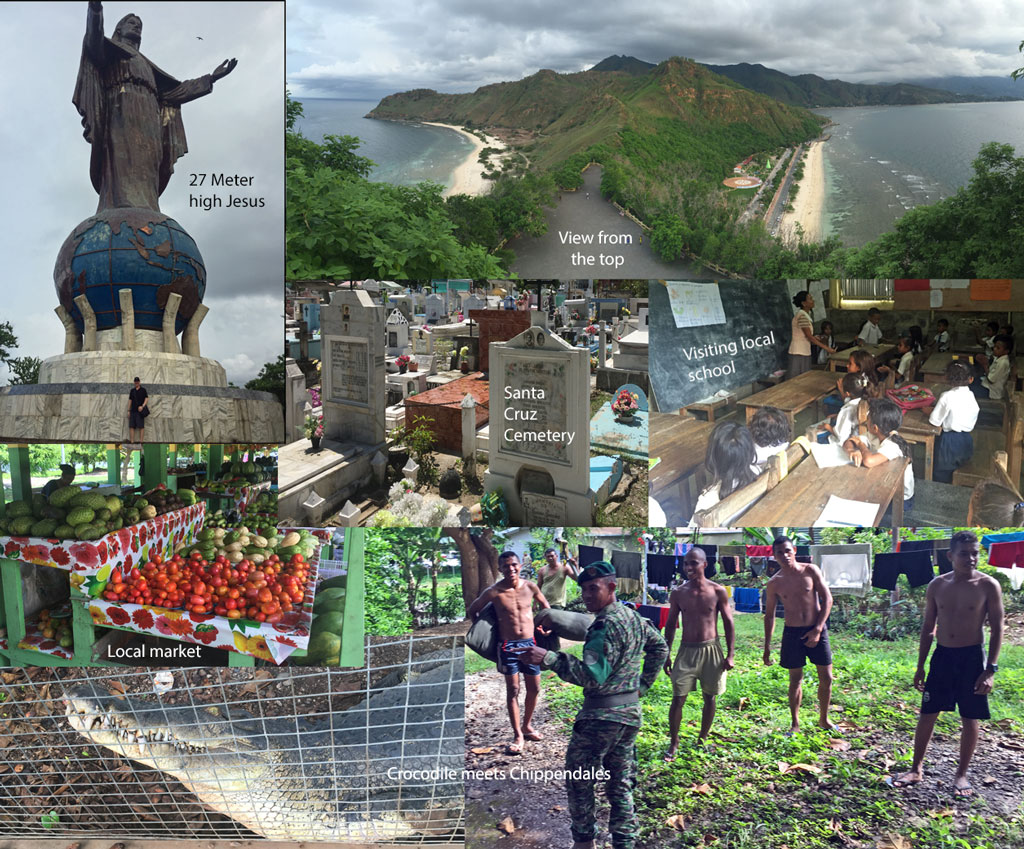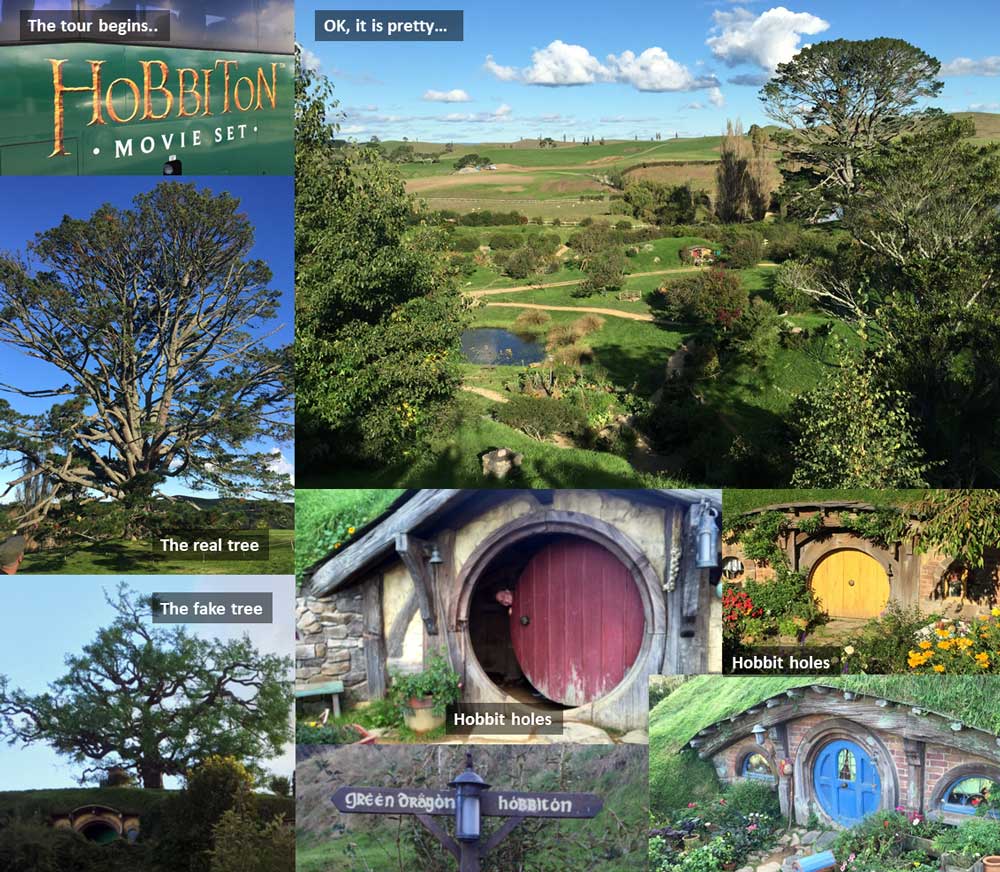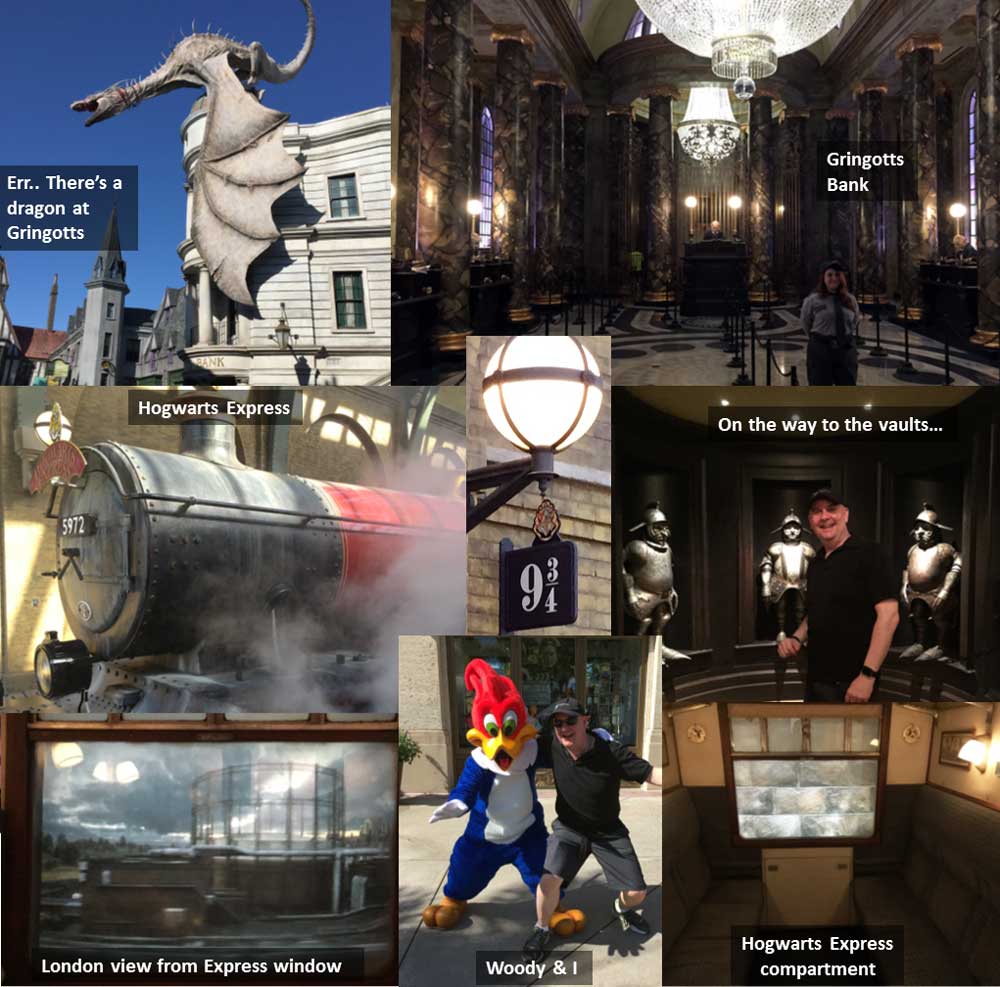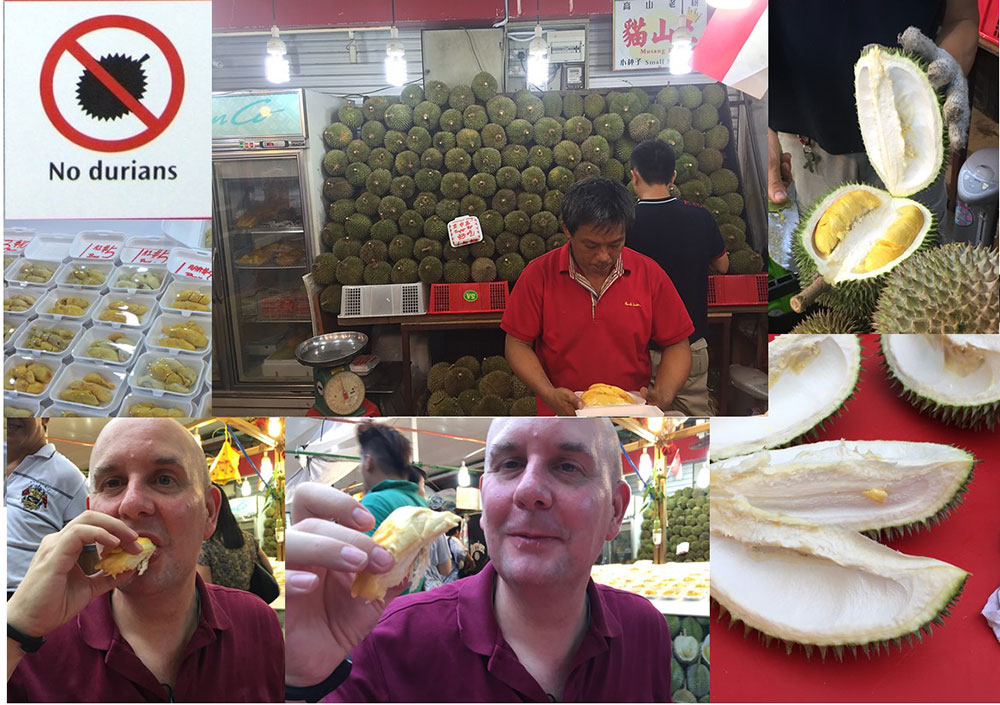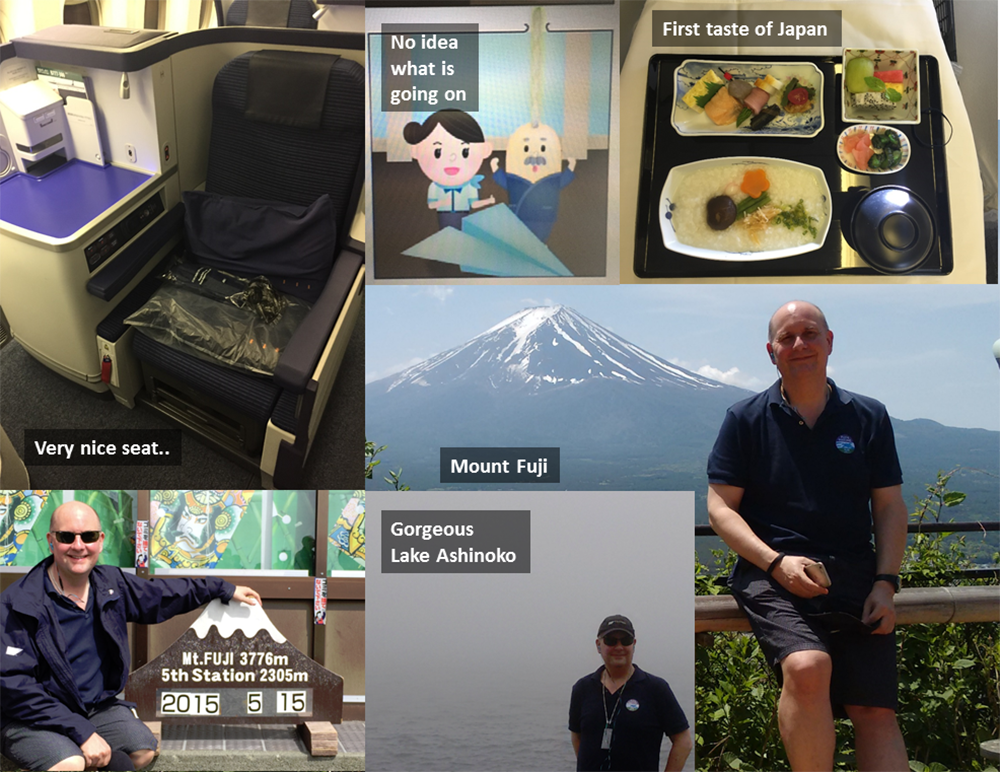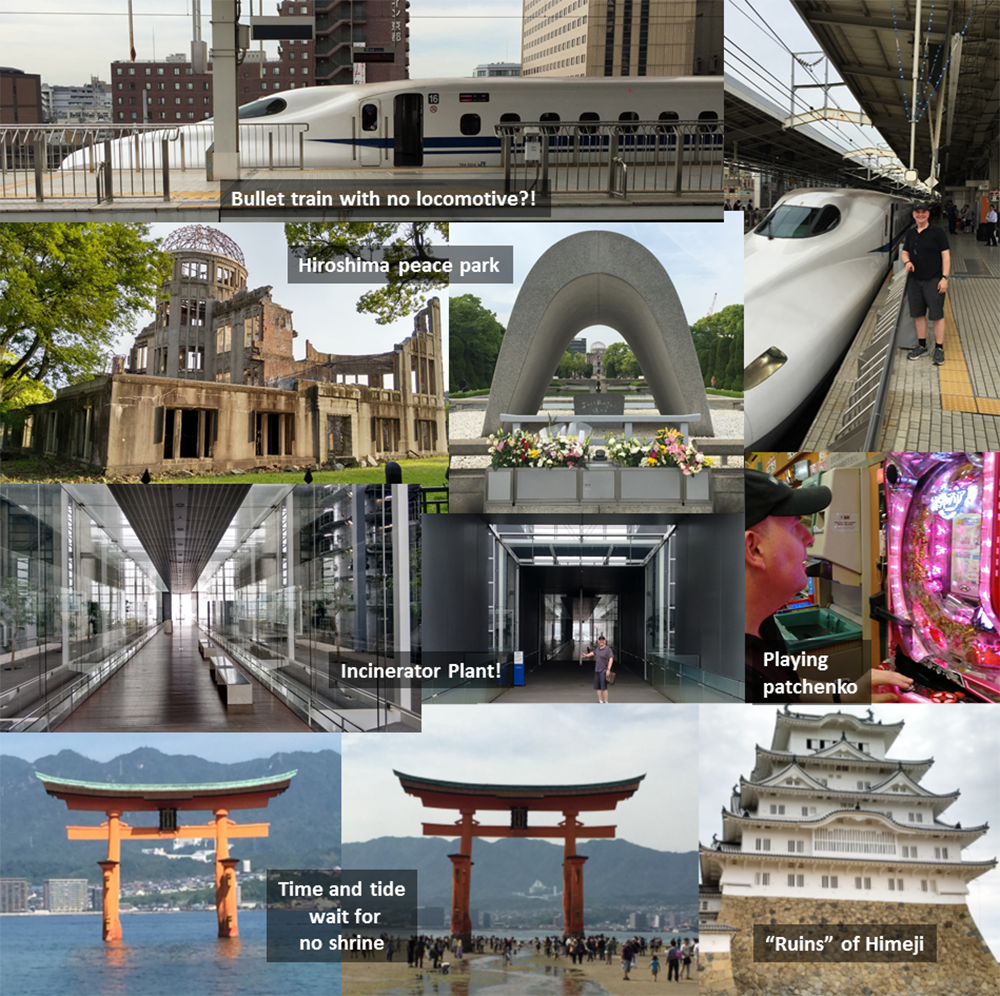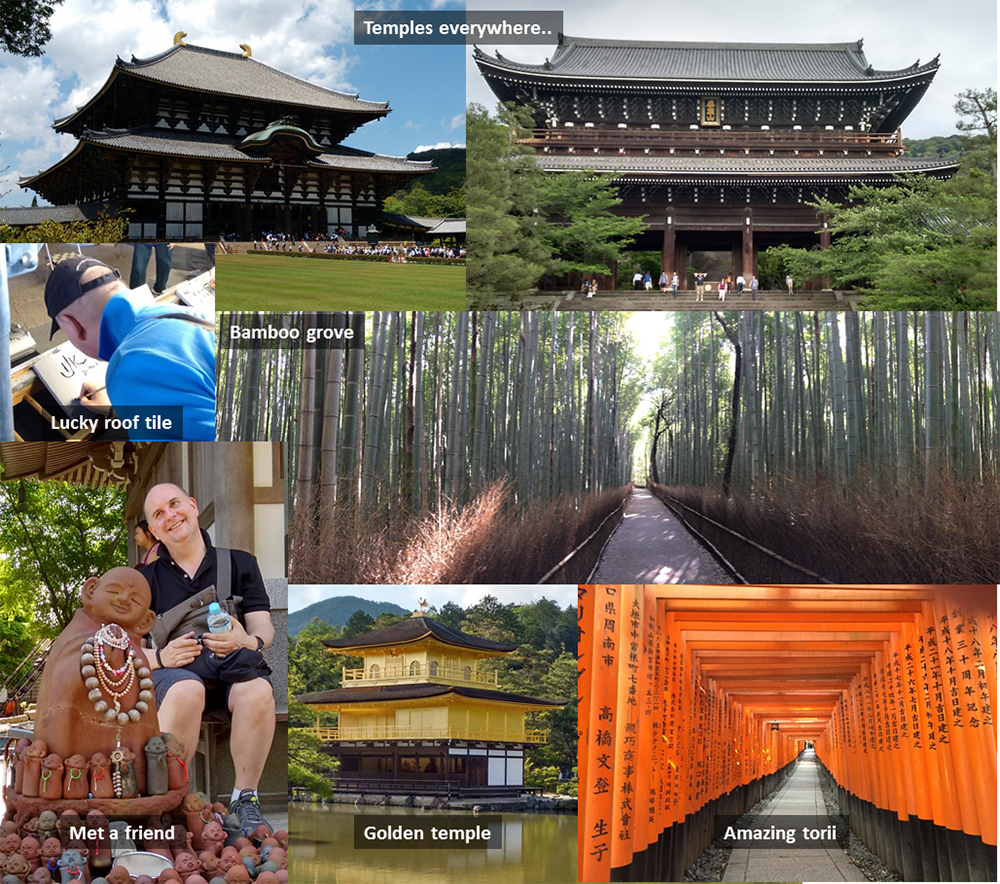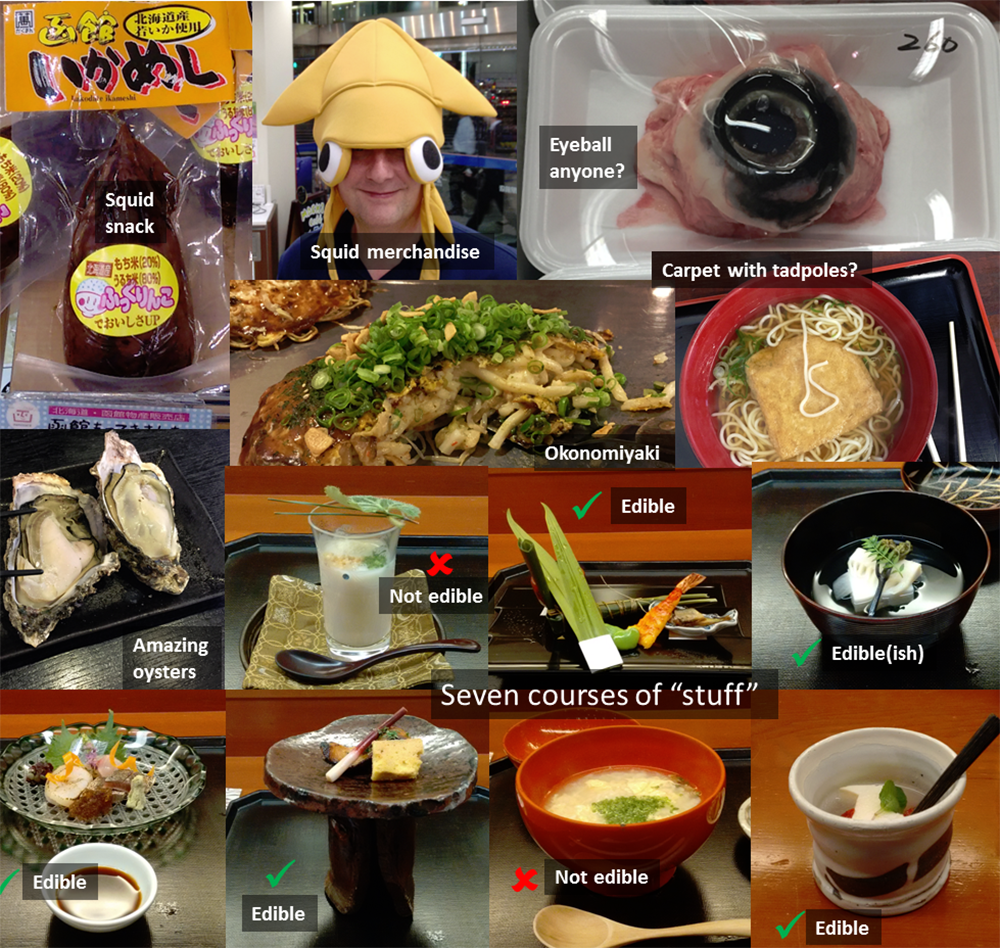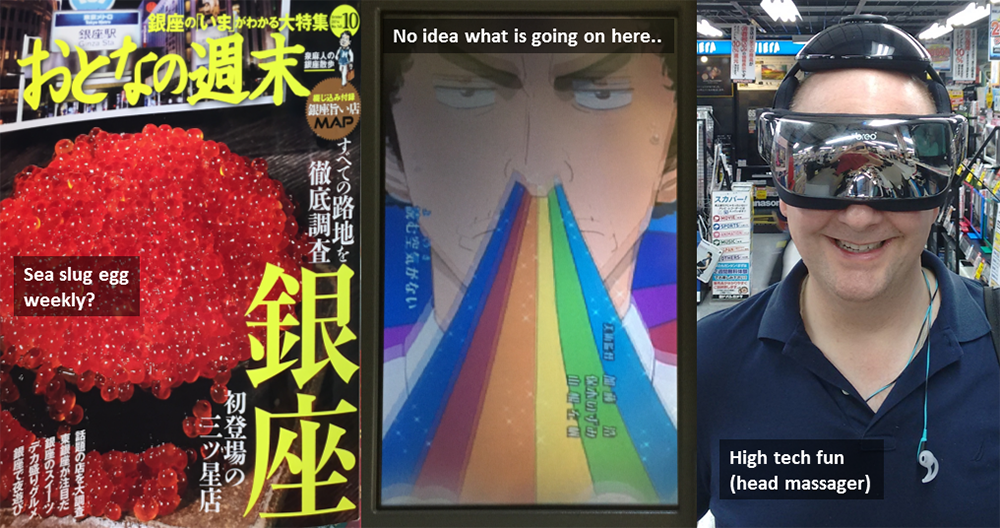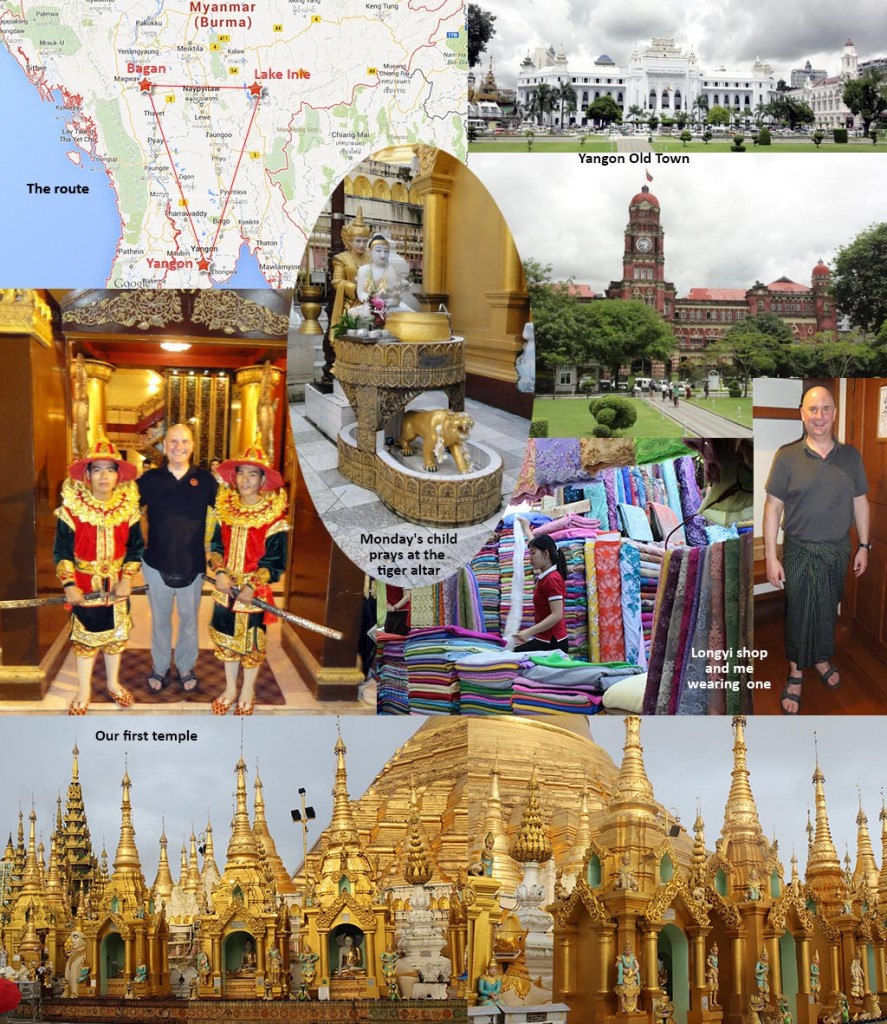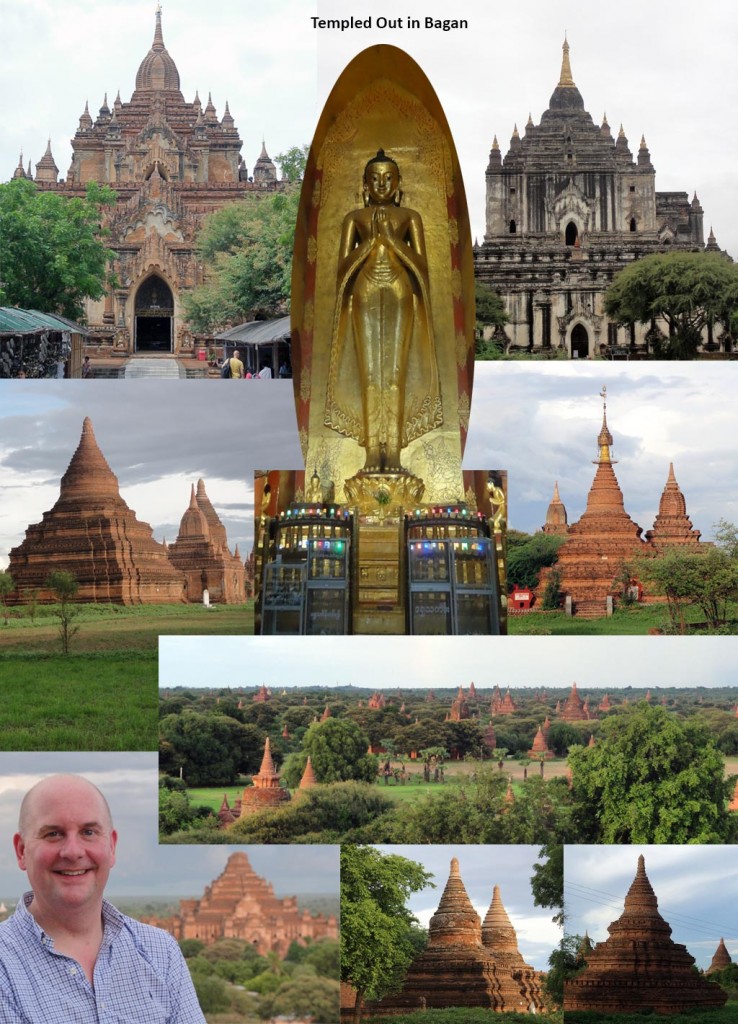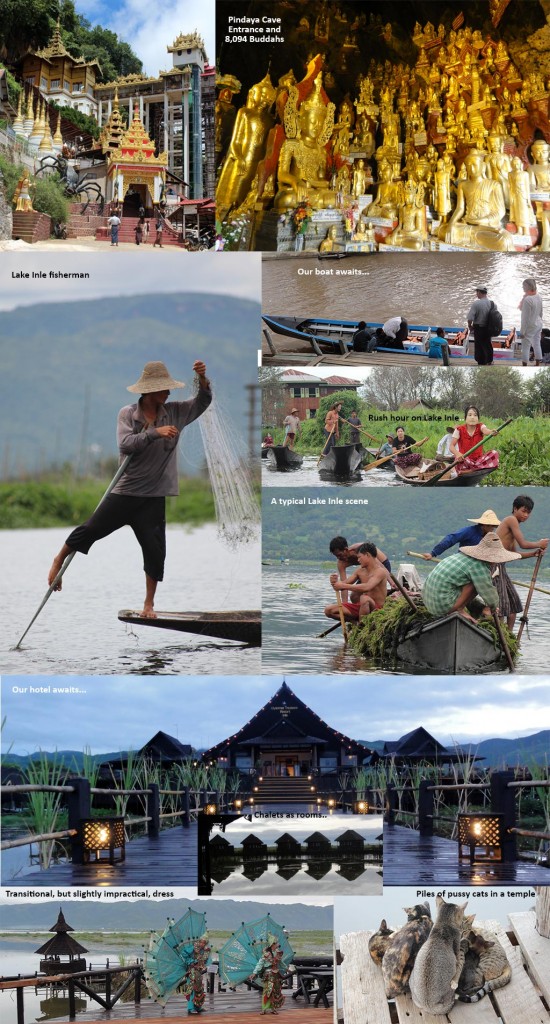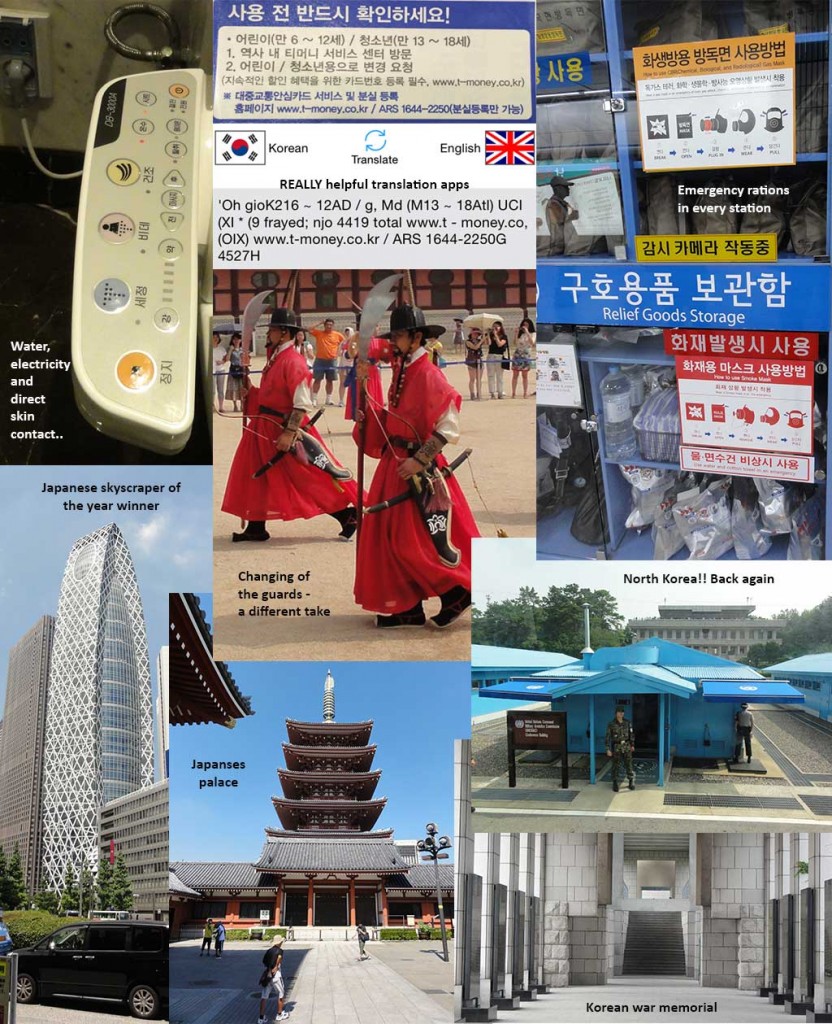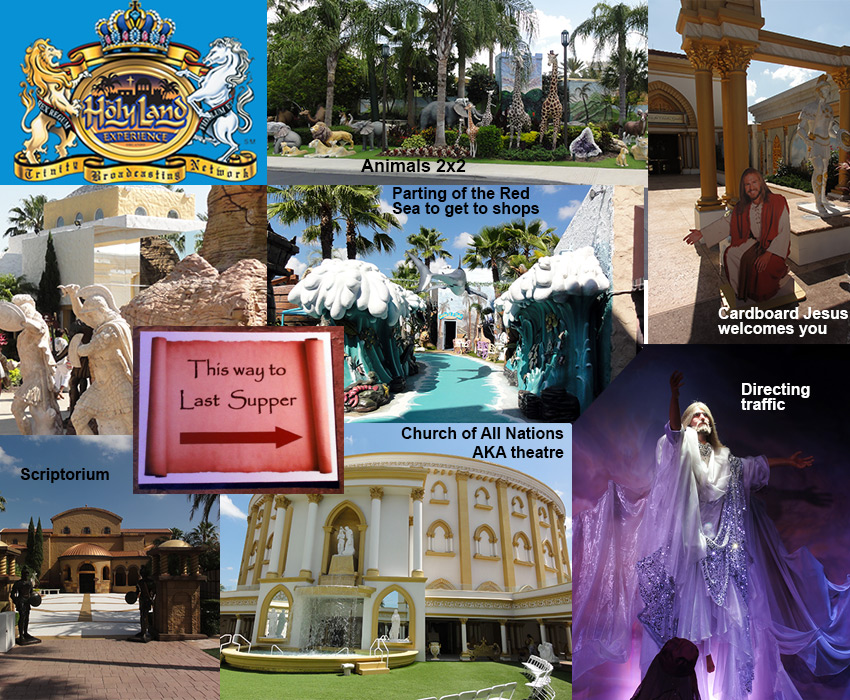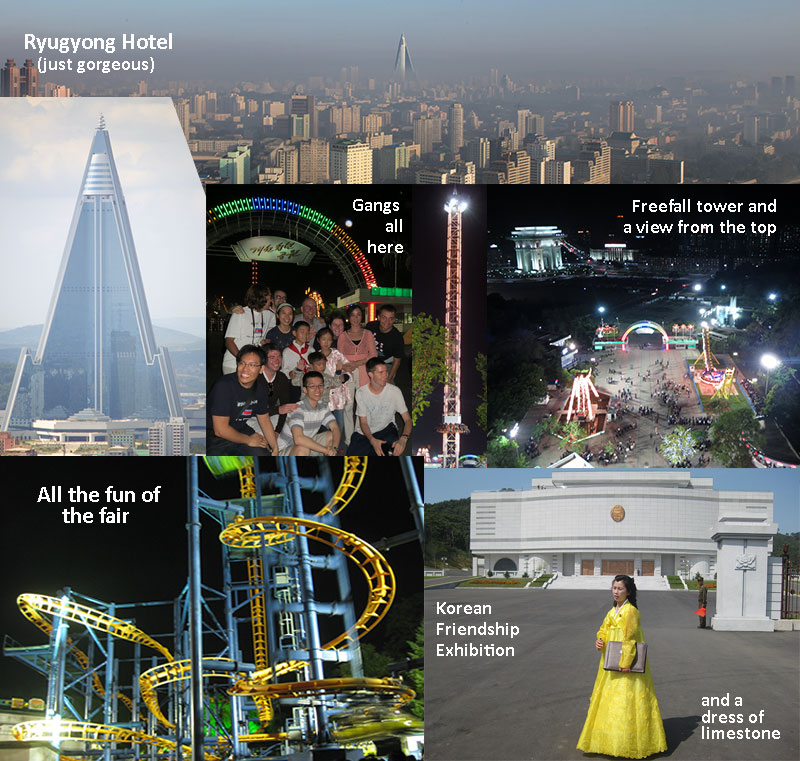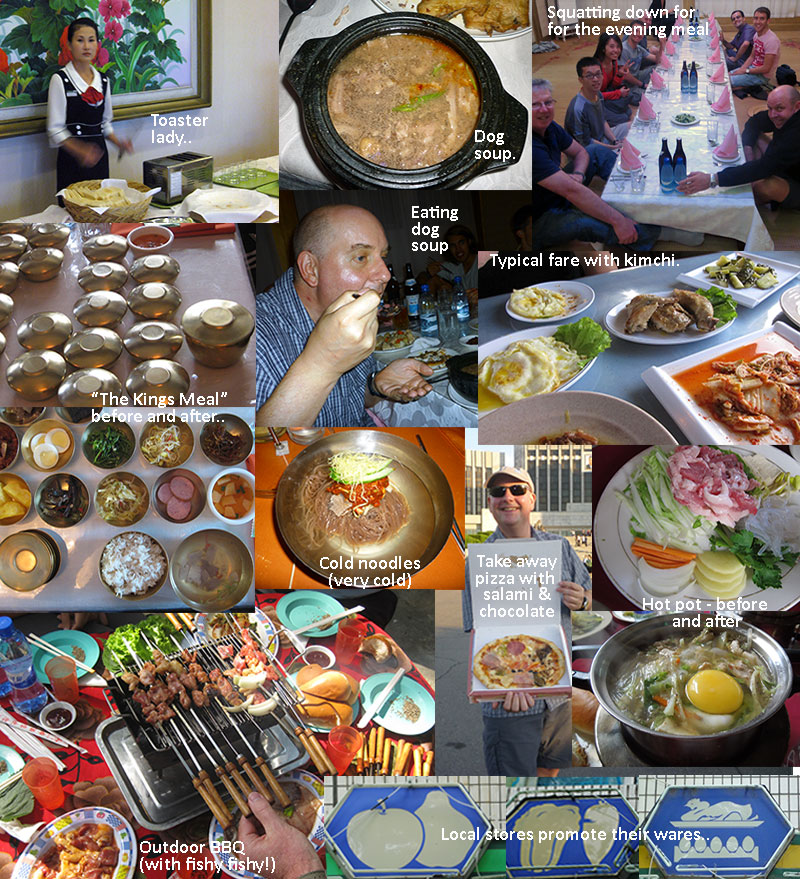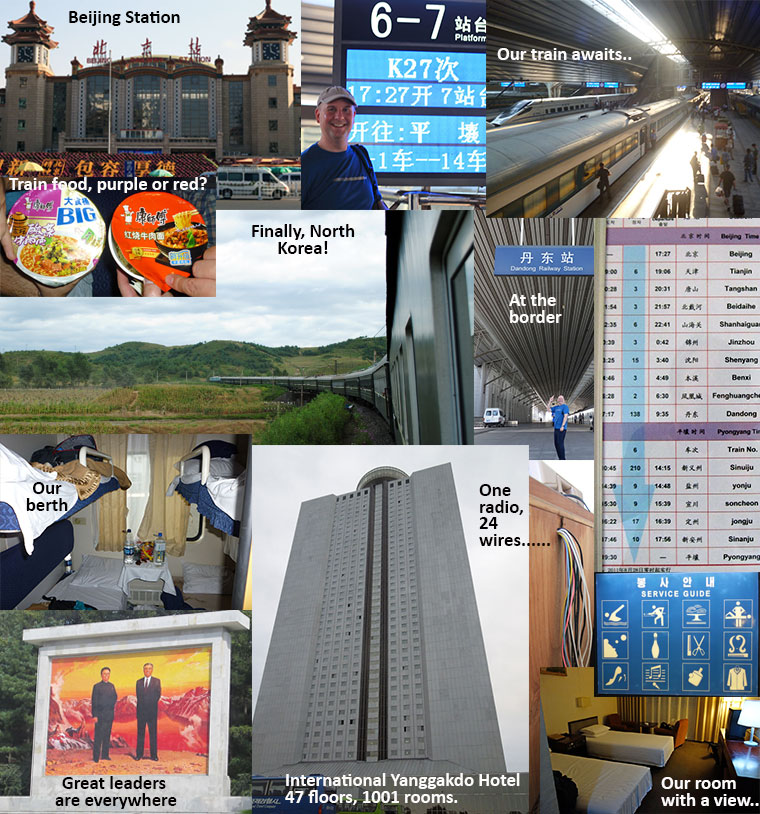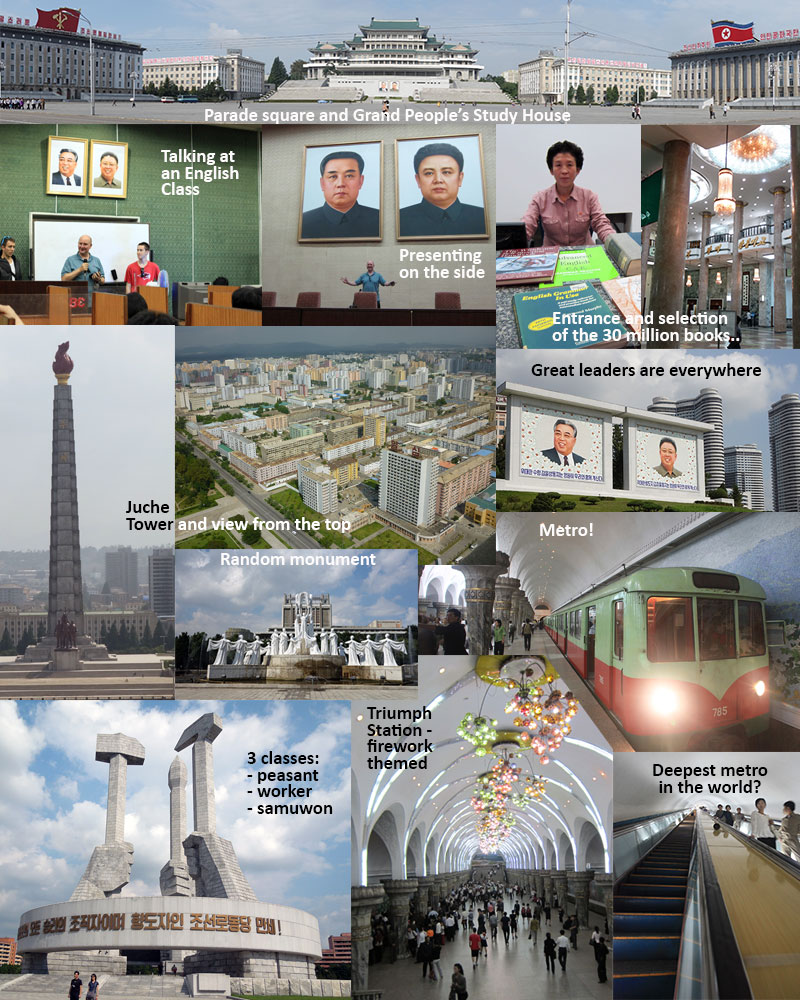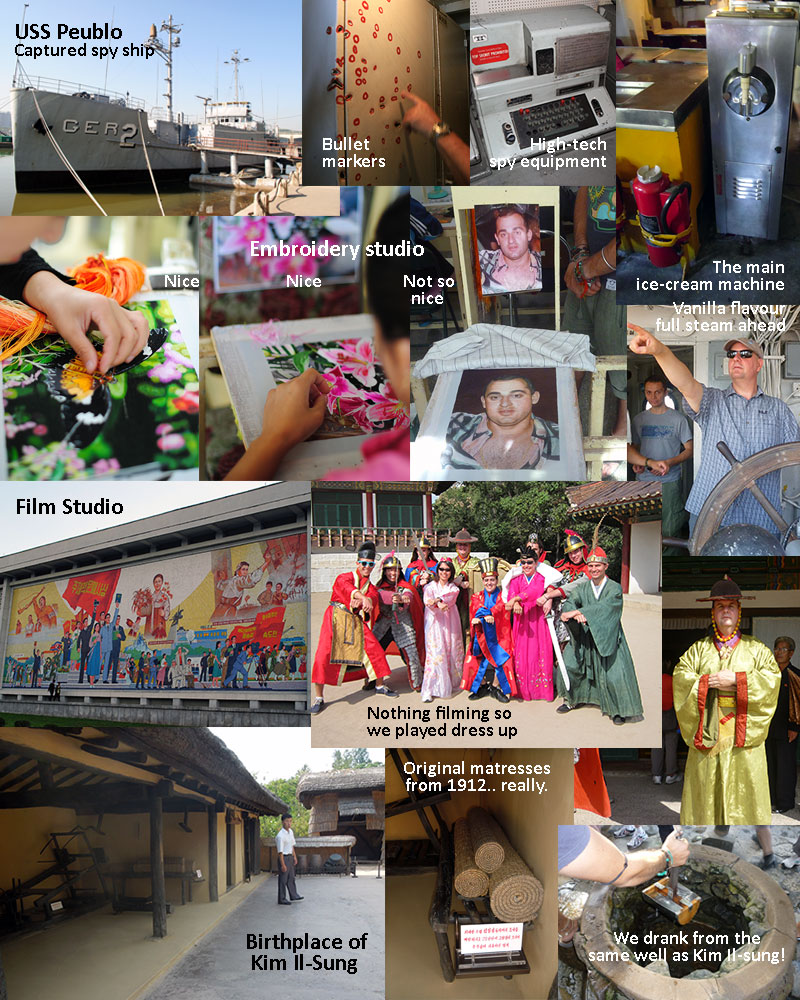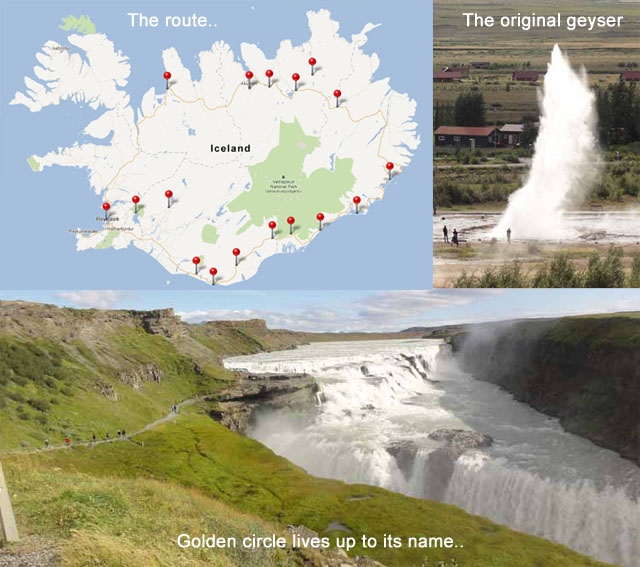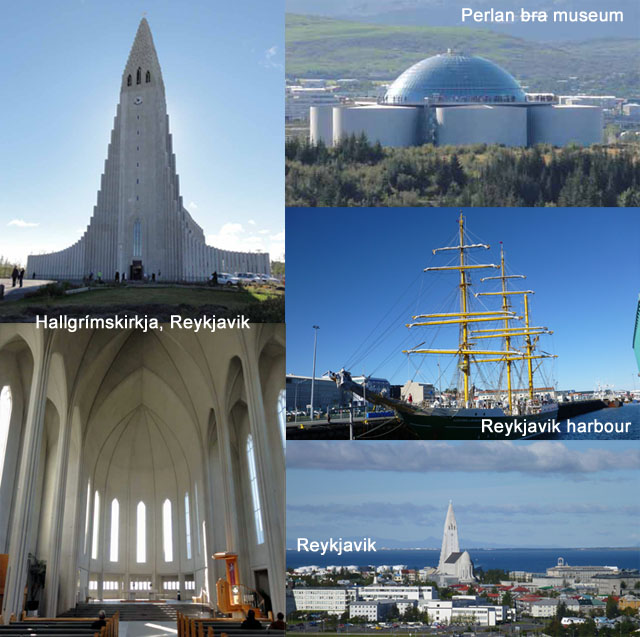East Timor is not hugely popular as a travel destination. It is in the top 20 of the least visited tourist locations (surprisingly, along with Lichtenstein) and has the spurious honour of having the word “democratic” in its official country name (along with those other bastions of free-speech North Korea, Algeria, ex-East Germany and the Congo), but it is mysterious and has not seen a Kimbell footfall, so I was off.
The Start of the Trip
The trip did not start well; at Singapore Airport, our main guide for the tour was refused entry to the plane due to “passport issues”. Left on our own, we were sucked in to further abysmal planning of Young Pioneer Tours and the dreadful vortex of Lion Air and Jakarta airport. Eventually we arrived at our intermediate destination, Bali, there to meet our replacement guide, who was largely ineffective, as he had never set foot East Timor either. It was the blind leading the blind.
After a very short night it was back to the airport for the Sriwijaya Air flight (no, I had never heard of them either) to Dili, the East Timorian capital. Huge throngs of people were crowded round the perimeter fence – my first thoughts was they were there for the novelty of seeing a plane, but it turned out there are about 7 flights daily, and they had turned up for a funeral. First impressions were pretty bleak – a sun-baked, Africanesque country with a very un-Asian looking (and acting) populace and that laissez-faire bone-idleness of a 3rd world country after the UN has poured in money. An impression only minimally altered after our sojourn there.
A Bit of History
East Timor is one of the world’s youngest countries, becoming a state in 2002, and has had a pretty chequered past. After being colonized by Portugal in the 1600s (“God gave us Timor for its sandalwood”) it was basically exploited and then neglected until World War II, when Portugal’s neutrality made it a natural target for a Japanese occupation. The Japanese regime was brutal, up to ¼ of the population died of starvation and forced labour. Portuguese rule returned after the war until the 1974, when a military coup in Lisbon effectively made Portugal abandon its colonies. At that point, civil war broke out and neighbouring Indonesia seeing an opportunity branded them as communists, got US support and invaded. Indonesia’s occupation of East Timor was marked by violence and brutality, culminating in a horrific massacre of innocent civilians at a cemetery in Dili in 1991. This was secretly filmed and was a turning point for independence – finally, a referendum was held in 1999 resulting in a clear vote to become independent. This was a red flag for the pro-integration militia who, with the support of the Indonesian military, swept through the country destroying infrastructure and displacing about 400,000 in to West Timor.
Even since independence, things have not been easy. The UN has been stumbling around and re-patriated 200,000 and documented war atrocities, but the problems are deeper. The 13 administrative “districts” are basically chiefdoms with a deep distrust of each other, so assassination attempts and warring factions kept UN peacekeepers busy in the country until 2012. Even today, one planned night in some beach villas had to be cancelled as a neighbouring village had burnt them down. All this mixed with a good dose of Catholicism, a 400-year-old-attitude of “let the women do all the work” and buoyed with a 10-year-old-attitude of “things will be handed to me on UN plate” means that East Timor is in a deep hole, which will be very difficult to climb out of.
Things Look Up in Dili
Clearing customs, we met our local guide, Kym, and things started to look up – Kym, an Australian, had been living in East Timor for 17 years and really knew the place inside and out via her Dive, Trek and Camp Tour Company. That combined with the soft-spoken, superbly competent driver, Marcel and native, trainee guide, the charismatic Casanova (“check my selfie 5 times a day”) Anastacio, our tour group was complete. Kym was a breath of brutally honest fresh air (“Is Malaria a danger?” “Yup, 4 people who have stayed in my house have had it, Dengue is also common”) and a wealth of knowledge. It is thanks to her that the trip was saved. We unpacked at the excellent Beachside Hotel (where I couldn’t take a dip as the tide was out) and Kym started off showing us some of the highlights of Dili, including:
- 27 meter high Statue of Christ and its 600 steps, built in 1996 as a “gift” from the Indonesian government – but funding ran out and East Timor ended up paying for most of it
- The sadly inadequate East Timorese Resistance Museum, fascinating subject, but rather text heavy and without any mention of troubles since 2002
- Chenga! Exhibition documenting the atrocities during the war. The bored museum “guide” appeared, pointed in to a room and told us to “start reading read here” and then left.
- The Santa Cruz cemetery where 250 East Timorese pro-independence demonstrators were massacred in 1991 by Indonesian troops
- An exhibition of photos taken by Australian and East Timorese youth to document their lives – each were given a cheap camera and the resulting contrasts are astounding and disturbing
- Feeding the massive crocodile that appeared in a priest’s pool in Dili. It has subsequently been moved to compound in military barracks. Arriving, bored soldiers came over to see what was happening so it ended up being more of a “Chippendales meets the Reptile Show”. Highly enjoyable.
Kym also took us to a number of excellent restaurants and bars. We had excellent food at beachside barbecues and experienced an “East Timor / Lebanese” Fusion Restaurant.
On from Dili and Return
From Dili we meandered our way the 240 km to the end of the country and Jaco Island for snorkeling. However, this was a 3 day trip as the roads outside Dili are “mixed” – some have asphalt, most don’t and many required 4-wheel drive and so it could take hours to traverse a couple of kilometers – Marcel earned every penny of his tip negotiating the treacherous conditions.
Accommodation outside Dili was interesting. Our first port of call in Com had gorgeous beach side location, but sporadic electricity, huge holes in the mosquito nets, pillows made out of cement and a lack of air conditioning made the night long and sweaty. It was here that we really got a view of the psyche of the nation. Walking down the main drag, the men were sat drinking and playing cards, while 200m further on the women were preparing the evening meal and looking after the kids. Pigs, dogs and chickens scampered everywhere, and we were magnets for the kids, who bunched around us offering us trinkets with the cry “one dollar”.
We had an excellent meal (fish and rice) before going to the movies – a (male) outdoor showing of “Beatrice’s War” a love story spanning Indonesian occupation from 1975 to 1999. Half way through the movie, the local dogs decided have an orgy which made for an interesting accompanying soundtrack. The female director and producer coming out at the end caused some discussion.
From Com, we headed out towards snorkeling at Jaco. We passed through the newly created national park, supposedly to see some ancient cave paintings, but, due to a funeral, the village guides just waved us on. Finally arriving at Jaco (the roads were unbelievably bad), I donned my snorkeling gear and headed to the water – my first dip! However, we were called back from the water due to the presence of a man-eating crocodile in the area (the reason for the aforementioned funeral) and we could go in “at our own risk” – we didn’t. The presence of this reptile also meant there was no fish as the fishermen refused to go out until the reptile was caught. Still we had a chicken leftover from the Chippendales feeding so we had a good lunch.
We did manage to see a cave painting on the way back via a newly constructed death trap of a path. However, the picture in our guidebook may have been slightly Photoshopped compared to the original – you decide. Returning to the car, two locals popped out of nowhere and demanded cash for doing absolutely nothing. Heavy debate ensued – but this “something for nothing” mentality is the bane of the country.
Returning and Conclusion
On the way back to Dili we stopped at several local towns soaking up the Portuguese influence on the country and meeting more locals. A promised dip in the cool pool in Baucau failed to materialize as the water had been drained – why, no one could tell us.
After a final night at the Beachside, it was with sadness that we said goodbye to our guides, but I must admit it was with a tinge of relief that we got back on the plane to Bali. East Timor is a fascinating country to visit – a real eye opener and grounds you in reality – but the country will take years to get to a functional democracy. Infrastructure investment and a change in attitudes are a prerequisite, but I fear these are not coming to any chiefdom soon. The UN is slowly withdrawing and this will further slow the economy. There is a glimmer of hope with people like our guide pushing the locals, but such jewels seem to be few and far between.
Would I recommend visiting? Absolutely yes, provided you get a competent local guide like Kym who can show you the ropes and book reasonable accommodation. It is fantastic experience – but probably not a repeatable one, at least for time being.



